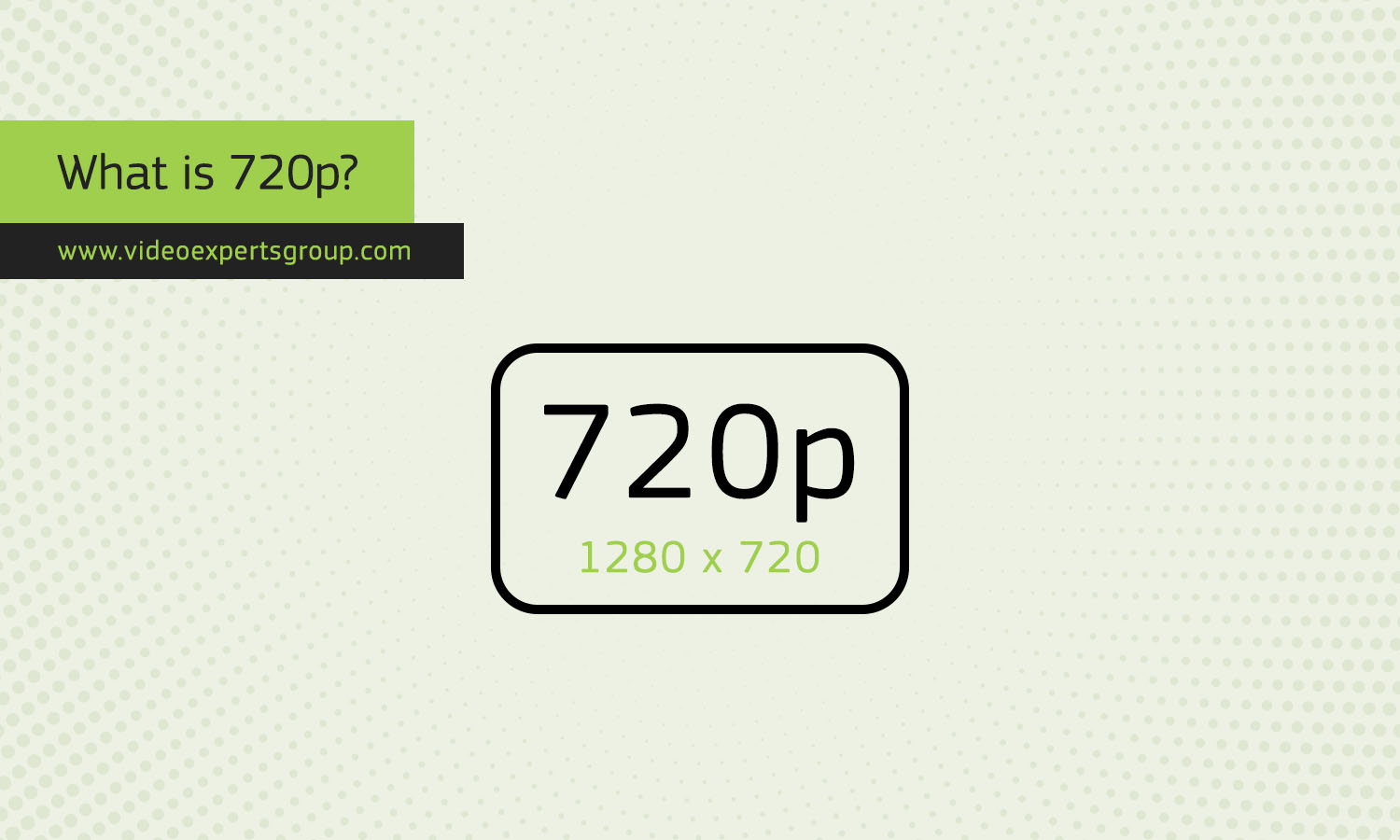720p is a term commonly used to describe a video resolution that is widely used in various devices and applications. It is a popular choice for high-definition (HD) video, offering a clear and detailed picture while maintaining a manageable file size. This article will explain what 720p means, whether it is considered HD or Full HD, and what a 720p camera is.
Meaning
720p is a type of video resolution. The "720" part refers to the 720 horizontal lines of pixels that make up the image on a screen. The "p" stands for progressive scan, which means that all the lines are displayed in sequence, creating a smooth and clear picture. This resolution is often used for high-definition (HD) videos, offering a good balance between quality and file size.
| Standard | Size | Pixels |
| SQCIF | 128 x 96 | 12,288 |
| QCIF | 176 x 120 | 21,120 |
| CIF | 352 x 240 | 84,480 |
| 2CIF | 720 x 240 | 168,960 |
| 4CIF | 704 x 480 | 337,920 |
| D1 | 720 x 480 | 345,600 |
| 960H | 960 x 480 | 460,800 |
| HD 720P | 1280 x 720 | 921,600 |
| HD 960P | 1280 x 960 | 1,228,800 |
| UXGA | 1600 x 1200 | 1,920,000 |
| FULL HD 1080P | 1920 x 1080 | 2,073,600 |
Is 720p HD or Full HD?
720p is considered HD (High Definition), but it is not Full HD. HD generally refers to any video resolution that is higher than standard definition (SD), and 720p falls into this category. However, Full HD specifically refers to a resolution of 1080p, which has 1080 horizontal lines of pixels. In comparison:
- 720p (HD): 1280x720 pixels
- 1080p (Full HD): 1920x1080 pixels
So, while 720p is indeed high definition, it is not as detailed or clear as 1080p Full HD.
What is a 720p camera?
A 720p camera is a camera capable of recording video at a resolution of 1280x720 pixels. These cameras capture HD video, making them a popular choice for many applications, including:
- Webcams: Many webcams use 720p resolution to provide clear video for video calls and streaming.
- Security Cameras: 720p is sufficient for most security needs, providing clear images while conserving storage space.
- Smartphones: Some smartphones, especially older models, record video in 720p, balancing quality and file size.
A 720p camera is suitable for everyday use, offering good video quality without the larger file sizes associated with higher resolutions like 1080p or 4K.
FAQ
















